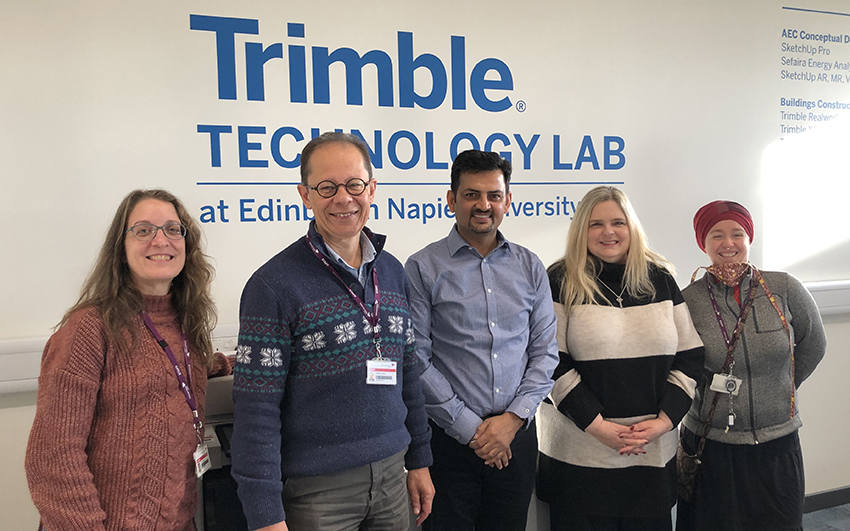
Dr Raj Kumar Bhardwaj, of St Stephen’s College (University of New Delhi), inspired us with the description of his initiative to develop a system to provide access to content for visually-impaired university students in Delhi. India has 15m visually-impaired people, out of a global total of 37m. Many of them are university students, who need access to content of books, journals and other publications. Under the Marrakesh Treaty, published content can be made available freely to visually-impaired people. This enabled the project team to set up a database, with contributions from four universities in Delhi. The project was driven by students’ needs, and was informed by extensive consultations with Arts and Humanities students with visual impairments. Different assistive technologies were reviewed, both high-tech and low-tech, and evaluated against the IFLA guidelines and other measures.
The talk generated a lively Q&A session. A sample of questions included:
Could this approach be extended to schools? For example, schools in Scotland can upload content for wider use, via GLOW.
The study focused on addressing an established gap in provision for arts and humanities university students. If the approach is rolled out to other groups, the researchers need to be aware of different requirements for different groups.
How was the assistive technology system that the researchers developed evaluated?
They used web accessibility tools, consulted students, and referred to the IFLA checklist.
Is there a longer-term plan to evaluate some years down the line?
It will depends on funding. It would be good to consider whether learning outcomes for visually impaired students were affected by the introduction of the ISVI system.
What was the primary purpose of the metadata – to administer the system or to enhance access to content?
The purpose was to describe the content, primarily to help users to access it. There is also hyperlinked content within each document.
What about other types of disability e.g. dyslexia and dyspraxia?
Journal of Enabling Technologies publishes studies in this area. This is an area that needs attention of information scientists. It is possible to achieve a lot with limited resources.
Dr Bhardwaj welcomes the opportunity for collaborative work. He is also willing to share data sets with other researchers.
A video of Dr Bhardwaj’s presentation is available (for those with Napier email addresses) here:
The image shows Dr Frances Ryan, Dr David Haynes, Dr Raj Kumar Bhardwaj, Professor Diane McAdie and Dr Rachel Salzano.
Words: Dr David Haynes. Videography: Dr David Brazier, Dr Bruce Ryan

Leave a Reply